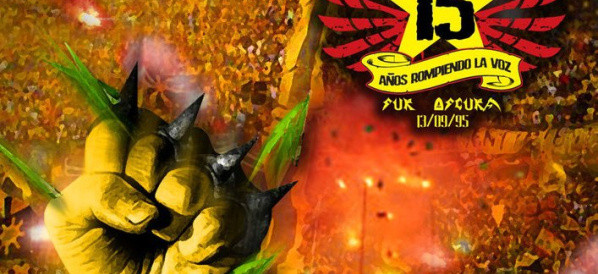 2 Términos
2 TérminosInicio > Términos > Kazajo (KK) > шығу тегі
шығу тегі
The provenance of a work of art is the history of its ownership. The word comes from the French verb provenir, to come from. Provenance is essential in identifying with certainty the authorship of a work of art. When the chips are down, no amount of connoisseurship can beat a good provenance. The ideal provenance would consist of a history of ownership traceable right back to the artist's studio. Another important aspect of the history of an artwork is the exhibitions it has been in. The importance of provenance has not escaped the attention of forgers. In the 1990s a forger inserted fake references to forged paintings into material such as exhibition catalogues in museum archives. This convinced buyers even when the quality of the forgery was not especially good. The works illustrated each have an interesting provenance. The Hone was discovered in Brazil; the Malevich was sold off by the Soviet government; the Martin is one of three panels of a once famous triptych that had been broken up in the 1930s. One panel was then acquired by Tate. The other two disappeared. They were later tracked down and reunited by a private collector and eventually bequeathed to Tate and brought together with the other panel. Please follow links to 'texts' from these works: Hone, Sketch for 'The Conjuror', (Short Text); Malevich, Dynamic Suprematism, (Full Catalogue); Martin, The Last Judgement, (Full Catalogue and Illustrated Companion).
- Parte del discurso: sustantivo
- Sinónimo(s)
- Blosario
- Industria/ámbito: Historia del arte
- Categoría: Historia del arte general
- Company: Tate
- Producto:
- Acrónimo-Abreviatura:
Otros idiomas:
Comentarios de otros usuarios
Términos en las noticias
Temas relacionados
ауызекі дағдылар
skills or abilities in oral speech, ability of speech, fluency in speaking
Contribuidor
Glosarios destacados
Atteg90
0
Términos
1
Blosarios
1
Seguidores
Machine-Translation terminology
 2 Términos
2 Términos
Browers Terms By Category
- Términos de discoteca(32)
- Términos de bar(31)
Bares y discotecas(63) Terms
- Plaguicidas(2181)
- Abonos orgánicos(10)
- Fertilizantes de potasio(8)
- Herbicidas(5)
- Funguicida(1)
- Insecticidas(1)
Productos químicos agrícolas(2207) Terms
- Fibras fabricadas(1805)
- Tela(212)
- Sewing(201)
- Fibras y costura(53)
Textiles(2271) Terms
- Peluquería(194)
- Servicio de lavandería(15)
- Cuidados veterinarios(12)
- Productos funerarios(3)
- Gimnasios(1)
- Fotografía(1)
Servicios al consumidor(226) Terms
- Mobiliario general(461)
- alfombras orientales(322)
- Ropa de cama(69)
- Cortinas(52)
- Alfombras(40)
- muebles antiguos chinos(36)




